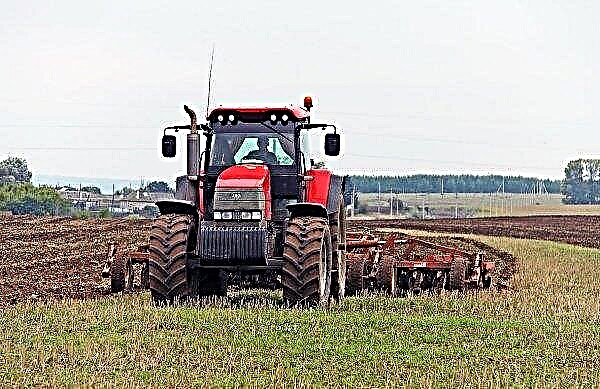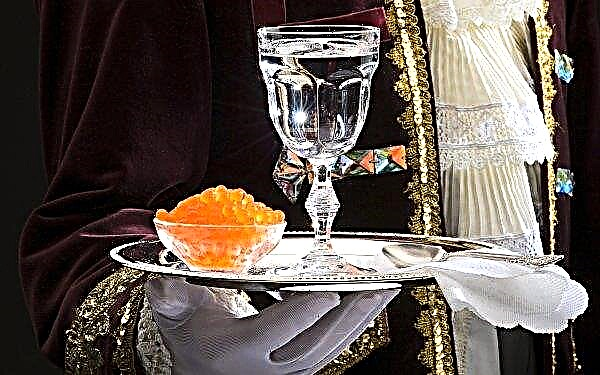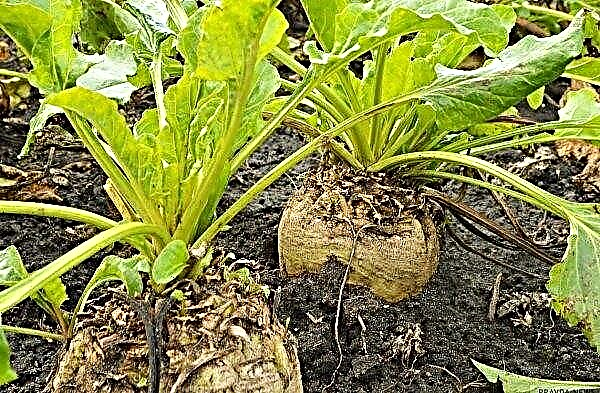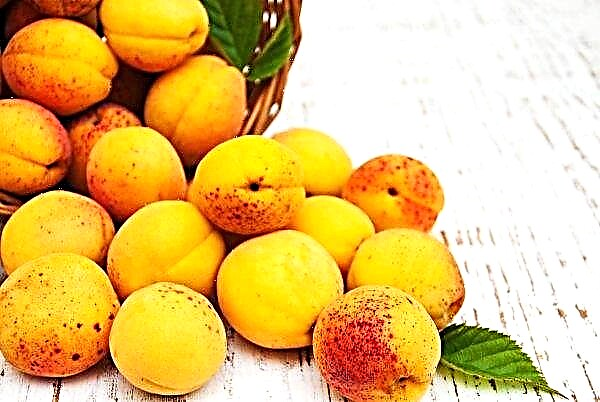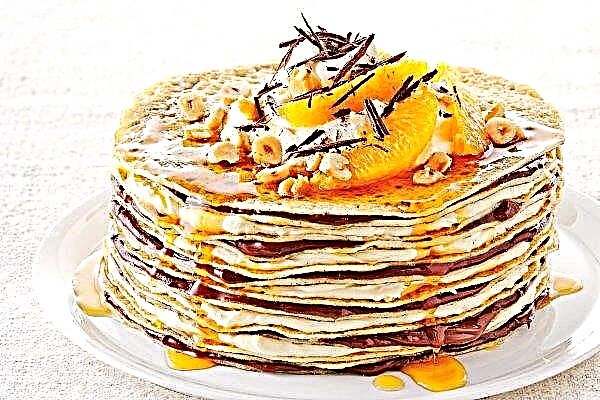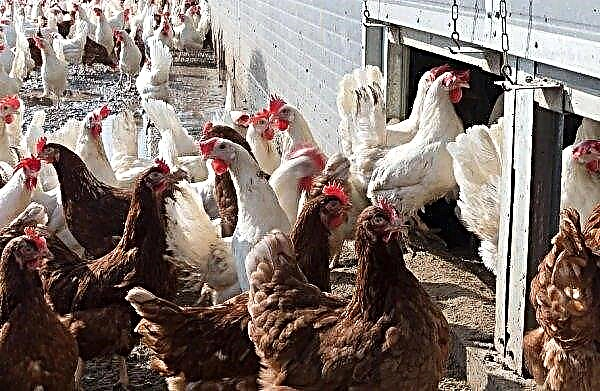Coniferous plants allow you to create not only a cozy atmosphere on the site, but also exquisite landscape compositions. Korean fir is the favorite of many gardeners and designers. A feature of the tree is its small size. It is he who gives sophistication to the compositions. Learn how to grow this plant from the article.
Botanical Description
Korean fir Cis (Abies koreana Cis) was imported into Russia from Korea. To distinguish a variety from others, you need to know its description. The tree is round in shape, by 10 years reaches a height of 30 cm and a diameter of 40 cm.
The evergreen has linear, compressed leaves. Small recesses may be present at their ends. Branches are located around the trunk. The bark is gray in color with pronounced cracks. In young specimens, it is bright and smooth. The color of the needles is saturated green, with a slightly noticeable tint.
Female and male cones ripen on the tree. The former produce pollen, while the latter are located on the upper ends of the branches. In shape, they resemble a butterfly and are needed to form a flower. Young cones have a characteristic purple or blue hue, which eventually changes to brown.
Did you know? The age of some species of fir can reach 700 years.
Landing
Before proceeding to planting fir, you need to pay attention to the place. Although the plant is not particularly demanding on the climate, it still has preferences. Trees must be protected from the summer scorching rays of the sun, this is especially true for young shoots.
 The soil at the planting site should be fertile, slightly acidic. The variety does not tolerate dusty city air.
The soil at the planting site should be fertile, slightly acidic. The variety does not tolerate dusty city air.
Planting is carried out in the spring when the air temperature reaches + 10 ° C. The distance in group stands depends on the chosen composition, for example, for a hedge it should be about 2.5 m, provided that the copies are staggered. You can land before October, doing it in cloudy or rainy weather.
Important! Planting on sites is recommended two-, four-year-old seedlings.
Step-by-step instructions for planting Korean fir:
- Dig a hole about 40 cm deep. Lay a layer of crushed stone along the bottom, which will serve as drainage.
- From the excavated soil, create a soil mixture by adding peat and compost.
- Dip the seedling in the pit so that the root neck matches the edge of the hole.
- Cover the root with a soil mixture.
- Mulch the landing site with sawdust or bark.
 Until the tree takes root, it requires support, so it should be tied up.
Until the tree takes root, it requires support, so it should be tied up.Fir Care
Caring for Korean Fis Cis implies:
- watering;
- top dressing;
- pruning
- mulching;
- loosening.
Did you know? At home, you can use fir branches to kill indoor germs. This is possible due to the presence of phytoncides in the resin.
Ways of care do not involve complex actions and a lot of time. Even a novice gardener can cope with it. It is enough to know how to properly carry out caring procedures.
Watering and feeding
Trees require regular watering, which at the initial stage should be carried out 2 times a week. You need to bring 2 buckets of water under each plant. After the seedlings have taken root, they can be watered less often, preventing the soil from drying out. Young trees need to be wrapped with agrofiber for the winter to protect against severe frosts.
Young trees need to be wrapped with agrofiber for the winter to protect against severe frosts.
The plant must be watered before wintering 15 liters of water. So moisture at the root will remain throughout the winter. Plant nutrition is carried out at the age of three. Fertilizers are applied in the spring. You can buy them in nurseries and specialty stores.
Loosening and mulching
The trunk circle is important to free from weeds and mulch with sawdust or peat. Loosening is carried out in order to saturate the soil with air and fluff the soil. The mulch layer should be 8-10 cm. It is important to note that the mulch should leave the root neck of the plant open.
 Young trees need to be wrapped with agrofiber for the winter to protect against severe frosts.
Young trees need to be wrapped with agrofiber for the winter to protect against severe frosts.
Pruning
Experienced summer residents are advised to trim the fir in the spring, before the active movement of fluid begins on the plant. Dry and diseased branches are removed during pruning. The shape of the crown can be corrected by removing uneven and chaotic shoots. For one haircut, it is not recommended to shorten the shoots by more than 1/3. Usually the Korean fir Cis has a uniform and symmetrical shape that does not need decorative shaping.
Possible diseases and pests
If the root of the fir remains in wet soil for a long time, the plant runs the risk of contracting a fungal infection called Delphinella abietis. A sign of infection can be fading needles, which changes color to brown, similar to rust.
Lack of nutrients in the soil can cause chlorosis. It is typical for him to paint the needles in a pale green tint. The lack of watering is indicated by shedding of needles. The tree is resistant to pests, but nevertheless, it can be attacked by a spider mite. The fact that he is present is indicated by yellow spots on the needles. The attack on the moth plant is evidenced by the release of tar on young shoots and cones.
Important! To prevent fungus, it is necessary to treat the fir with fungicide.
The use of wood in landscape design
Landscape designers often choose fir as an element of decor. This is facilitated by the diversity of species and varieties of wood. Korean fir is grown in compositions with other conifers, with stunted plants and perennial flowers. With its help, you can create hedges, edging paths. Looks great in rockeries.
Korean fir Cis is a small and sophisticated plant that pleases with a unique color throughout the year. You can buy a seedling in a nursery or a special store. Following the instructions for planting and caring for fir, it is possible to easily grow an evergreen beauty in your own area.






